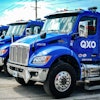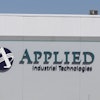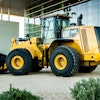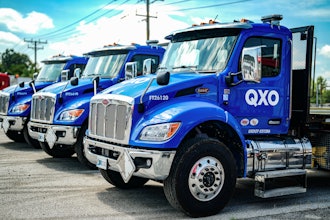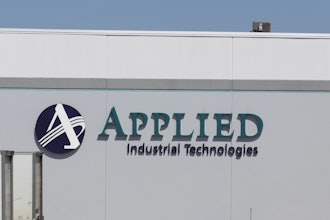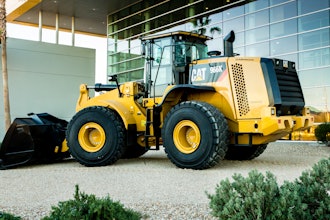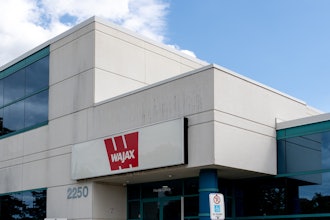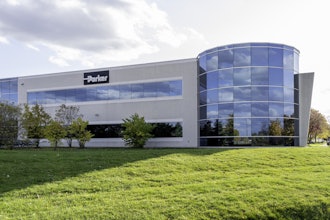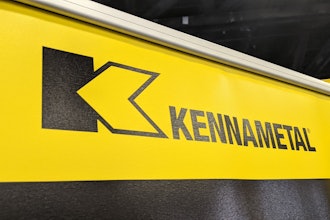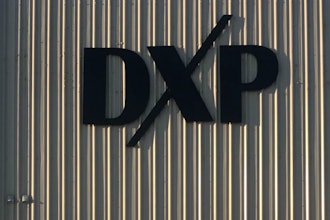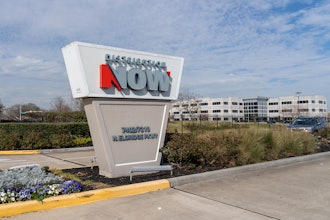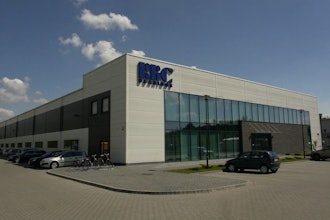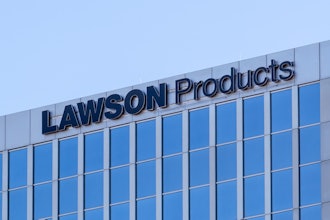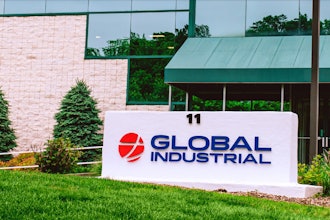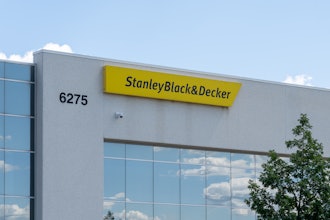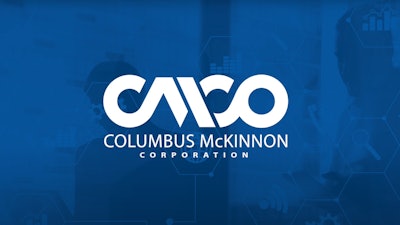
Fresh off announcing that former Flowserve executive David Wilson will become company CEO on June 1, Columbus-McKinnon reported its 2020 fourth quarter and full year financial results on Wednesday.
The designer and manufacturer of motion control products, technologies and material handling automation reported total Q4 sales of $189.5 million, down 12.6 percent year-over-year (YoY), with US sales of $104.1 million down 13.6 percent. The company’s gross margin was 34.9 percent, with adjusted gross margin at a company-record 36.1 percent. CM posted an operating profit of $5.5 million, total profit of $9.2 million and adjusted total profit of $13.8 million.
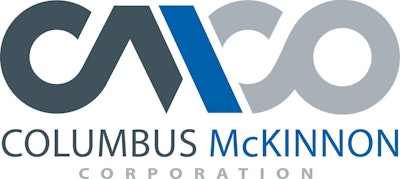
CMCO said its April orders sunk 37 percent year-over-year and began to stabilize in May.
“We demonstrated the power of our Blueprint for Growth strategy throughout fiscal 2020 with expanded margins despite slowing demand,” said Richard Fleming, Columbus McKinnon chairman and interim CEO. “However, in March the COVID-19 pandemic required us to rapidly implement actions to flex production levels and reduce costs to address the significant decline in demand we are now experiencing. Importantly, we have an excellent capital structure, strong cash generation and sufficient liquidity that will allow us to navigate these uncertain times while continuing to invest in select, strategic initiatives that we believe will enhance our competitive advantages and drive future growth.”
The company said that its cost-reduction actions are expected to result in breakeven operating profit if revenue were to fall by 35 percent from Q4 2020. Those actions include employee furloughs aimed to retain talent, reducing inventory, reducing capital expenditures and managing employee compensation levels. The company currently expects Q1 2021 revenue to be in the range of $130 million to $140 million, which is above breakeven.
The company shared that 46 percent of its business comes from its Crane Solutions products (cranes, wire rope hoists, drives and drive controls, crane kits & components, jibs, workstations); 44 percent comes from Industrial Products (chain hoists, rigging/clamps, industrial winches) and 10 percent comes from Engineered Products (linear & mechanical actuators, lifting tables, rail systems, actuation systems).

